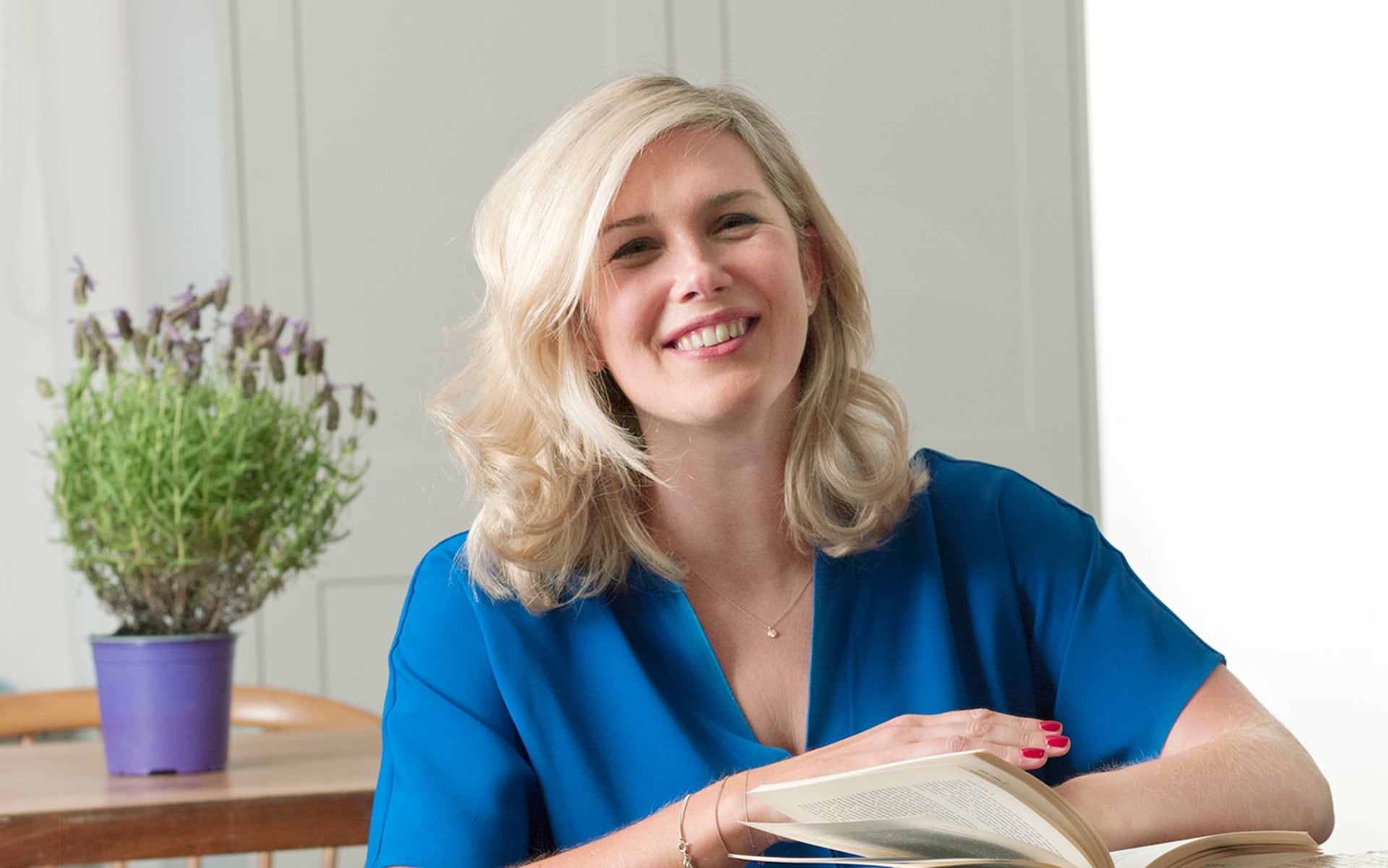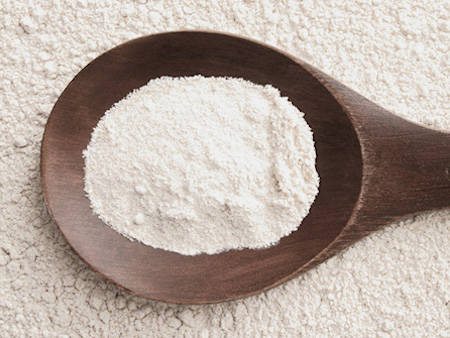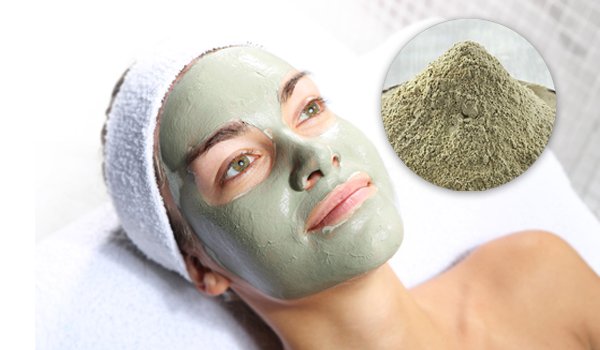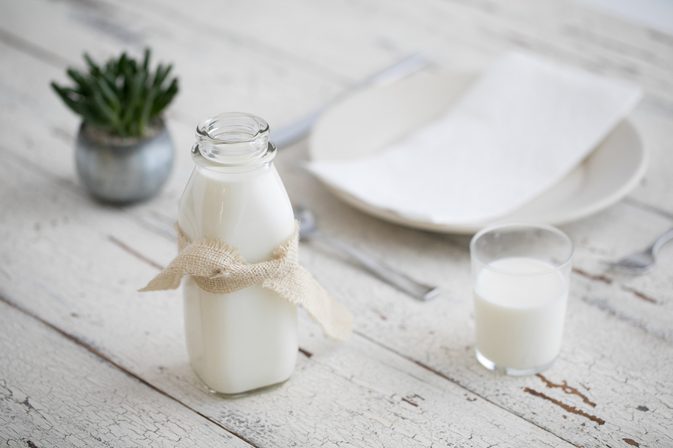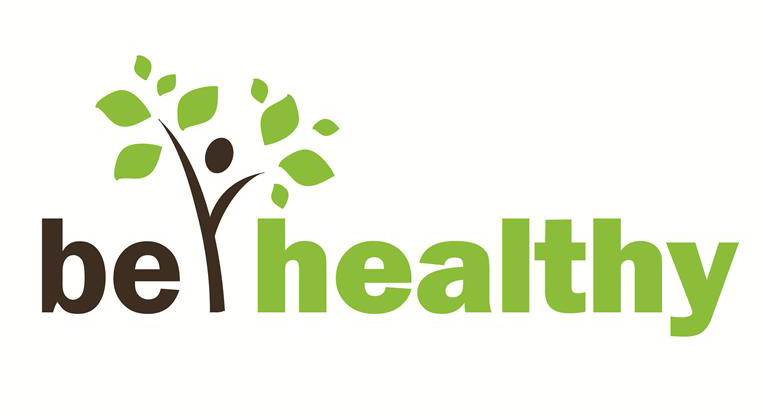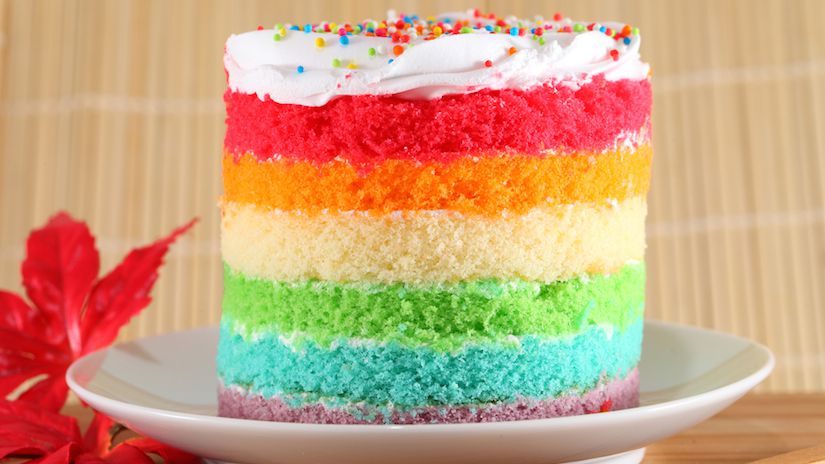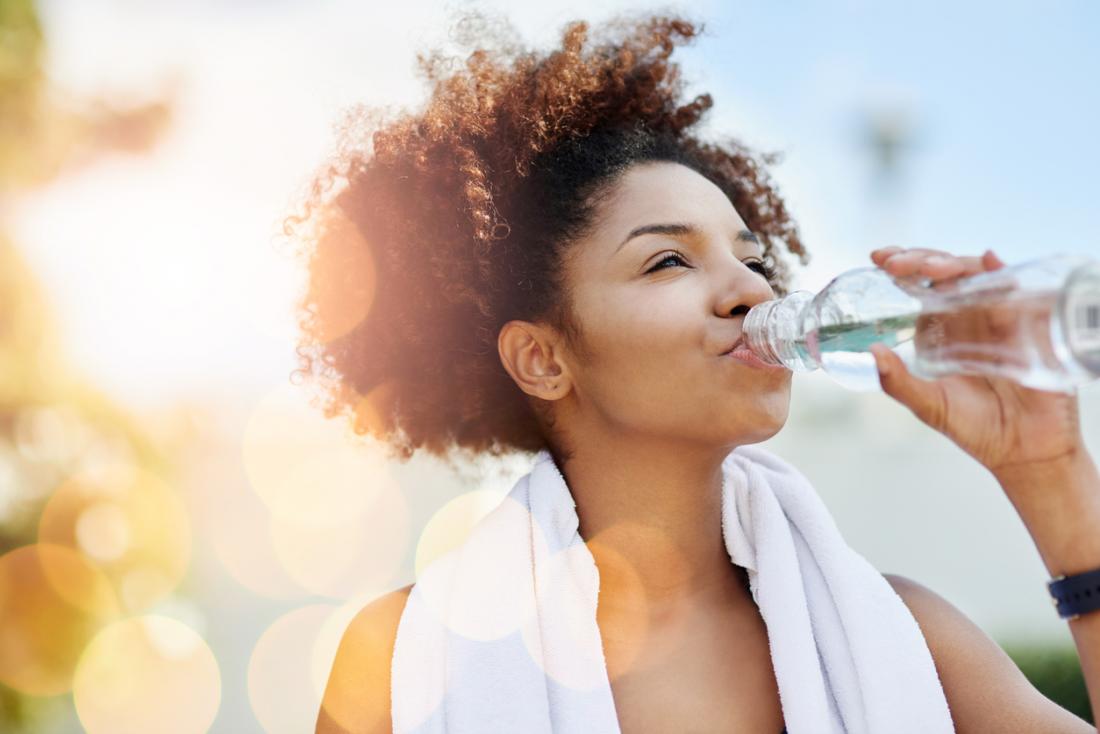THE ORGANIC AND ‘NATURAL’ BEAUTY INDUSTRY IS, FRANKLY, MUDDLED – HERE’S WHAT YOU NEED TO KNOW ABOUT THE LABELS AND LOGOS ON YOUR SKIN CARE AND MAKEUP
A quick scan of the well-stocked beauty shelves at GTG HQ confirms that when it comes to labelling, the industry is a mess – and nowhere more so than in the natural and organic sector. ‘Organic certified ingredients’, ‘100% certified’ (with no, er, certification symbol), ‘99% natural’, ‘organically grown ingredients’… the list of ambiguous phrasing goes on, leaving consumers none the wiser on what’s really inside the bottle, or where it’s come from.
Despite a 37 per cent growth in sales over the past two years proving that natural beauty is officially booming, the government still has no regulation in place for skincare in the way that it does for food. To make matters worse, there’s no consistency around the world on standards or labelling; the certifications and logos you see on your products will vary across the globe and each body has its own set of rules – so even if you look for a stamp of approval, you can’t even be sure that the approval meets your standards. It’s no surprise, then, that a recent survey revealed that 76 per cent of consumers felt misled by organic claims on beauty products.
With The Soil Association’s Organic Beauty and Wellbeing Week and ‘What I’m Made Of’ motto in full swing, the spotlight is on the industry and the need for it to be clearer, but until it is, here’s what you need to know about the logos, labels and claims on natural and organic products before you buy…
1. THE SOIL ASSOCIATION LOGO IS WORTH LOOKING FOR
Not only are they campaigning for more awareness around organic beauty and clarity in the industry with Organic Beauty and Wellbeing Week, but the Soil Association is the best known, and arguably most trusted certification board in the UK. Brands pay to be a part of the scheme and to display their logo of approval on their products, going through a strict process to receive the certification.
“At least 95% of the ingredients (including water) in an organic-labelled product have to be organic to obtain the certification,” explains Lauren Bartley from the Soil Association’s health and beauty team. Plus, Sarah Brown, founder of organic skincare brand (and Soil Association-certified) Pai tells me: “If a chosen ingredient can be sourced organically anywhere in the world, it has to be utilised; non-organic ingredients must be non-toxic, biodegradable and carry a non-GM certificate.”
2. A CERTIFICATION CAN MEAN MORE THAN YOU’D THINK
Those certification stamps don’t simply mean that the product contains organic ingredients – it can also be reassurance of other standards. For instance, the Soil Association certificate also means the product does not contain parabens, petrochemicals, propylene glycol and other potentially harmful synthetics. All Soil Association-certified products are also cruelty-free; not testing on animals is another requirement for brands wanting to sign up.
3. SOMETIMES YOU NEED TO READ BEYOND THE LOGO
Ecocert is another well-known certification body in Europe which also has high standards for brands, but it’s not always clear as Pai’s Sarah explains to me: “For a product to be labelled ‘Organic’, a minimum of 10% of all ingredients (by weight, including water) must come from organic farming; 95% of all plant-based ingredients in the formula must come from organic farming. For a product to be labelled ’Natural’, a minimum of 5% of all ingredients (by weight, including water) must come from organic farming. 50% of all plant-based ingredients in the formula must come from organic farming.
“A product cannot contain parabens, petrochemicals, phenoxyethanol and synthetic fragrance, and all ingredients must be non-GM. The primary issue with Ecocert is that customers don’t know there is both an “organic” and a separate “natural” standard, because the logo is the same.”
4. COSMOS IS THE NEW STANDARD
COSMOS standard; officially launched in January 2017, it’s a new unifying standard that has been cooked up by the Soil Association with four other leading European certification bodies (BDIH, Cosmebio, Ecocert and ICEA) to create a Cosmetic Organic Standard. The idea is to “harmonise organic standards globally,” Lauren tells me, so that all products will display either ‘COSMOS Organic’ or ‘COSMOS Natural’ logos depending on the ingredients used.
5. ORGANIC AND NATURAL ARE NOT THE SAME THING
If your primary concern is to use natural ingredients, there are other stamps of approval to look for to be sure what you’re getting is true to its much overused word. While COSMOS and the bodies within it already distinguish between natural and organic, there are also separate certification bodies set up for ‘natural’ beauty, such as NATURE, a now international skincare and cosmetics standard with more than 200 brands on board, which requires 100% natural and derived-natural ingredients. The standard also has additional awards in its 3-star system for natural products with ‘organic portion’ and organic cosmetics.

6. HALAL CERTIFICATION IS ON THE RISE
Consumers are wising up to what’s in their skincare and cosmetics and it’s no longer just about going green. “Halal certification is becoming a big thing in beauty – with 1.6 billion Halal consumers worldwide, Halal beauty is a booming industry,” says Lorraine Dallmeier, Director of Formula Botanica. Just as with the organic industry though, certification is still in its early stages and so knowing your labelling is key to finding a trusted product. Look for the Halal Certification Europe (HCE) logo and the Universal Halal Agency for more information.

7. VEGAN AND VEGETARIAN BEAUTY CARRIES ITS OWN LABEL
While most of us recognise the PETA cruelty-free bunny or the global Leaping Bunny symbol for confirmation that a product has not been tested on animals, those looking to incorporate their beauty into their vegan or vegetarian lifestyle will need to look for additional logos for assurance. In the UK the best known certifiers in this field are The Vegan Society and The Vegetarian Society.
Which logos and labels do you look for on your beauty products? Let me know in the comments!
